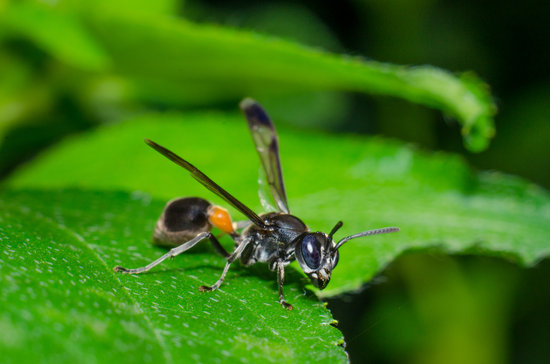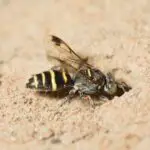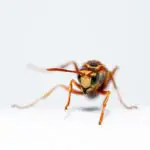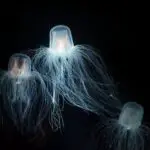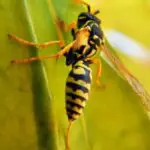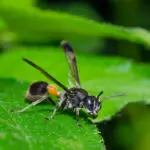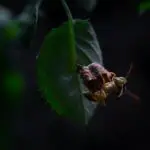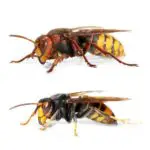How Do Wasps Destroy Wood?
Whether you have been hearing buzzing noises or seeing flying adults, it is possible that wood wasps have entered your house. It is important to identify the types of wood wasps you have, because these insects can damage the structural integrity of your home. They also leave unsightly holes in your home.
One of the most common types of wood wasps is the horntail. This wasp species is common in most areas of the world. Unlike other types of wasps, the horntail does not sting. It does not live in colonies, but it does nest in wood. The female horntail lays eggs by inserting them into the wood. Then, the larvae tunnel through the wood, leaving behind a pulpy sawdust or frass in their tunnels. They will return to the tree’s trunk to finish feeding.
Generally, wood wasps are found in dead conifer trees. They also are attracted to recently fallen trees. They also may emerge from cured or processed wood. This is because the larvae feed on soft sapwood.
The female wood wasp drills an ovipositor, or egg-laying apparatus, about three-quarters of an inch into the wood. The ovipositor does not sting humans, but it can be very large. The wood wasp can lay up to 200 eggs at a time.
Wasps are generally considered destructive, but the damage they do to wood is usually only cosmetic. They can wear down unseasoned wood, causing structural damage. But, wasps can also chew through other materials, such as plaster and mortar, and they can even break through walls.
